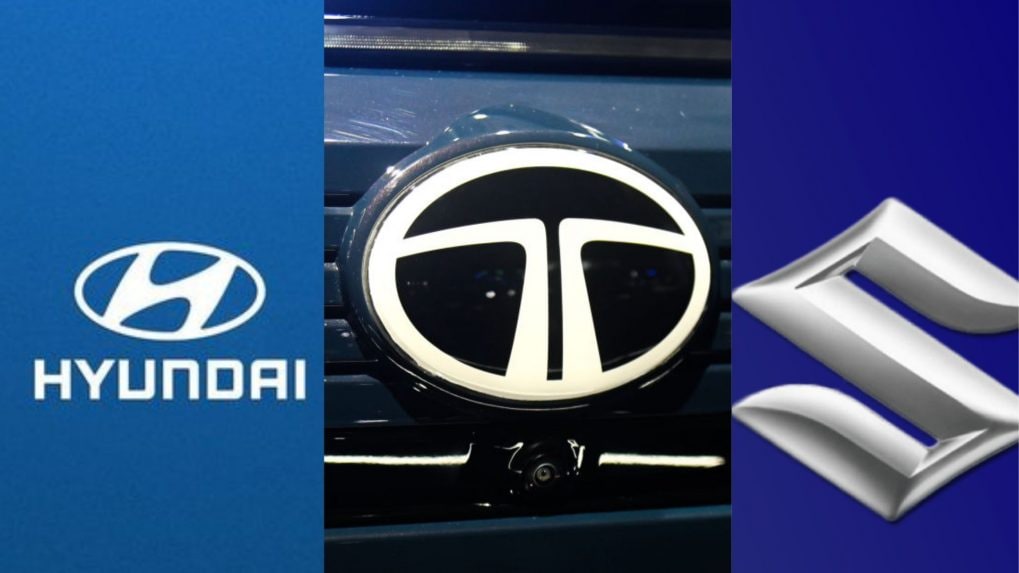Brand Makers
Dil Ka Jod Hai, Tootega Nahin

India’s passenger vehicle (PV) market witnessed mixed momentum in September 2025 as the government’s GST tax slab rationalisation boosted sales for Tata Motors and Hyundai, while Maruti Suzuki reported a decline.
Tata Motors posted a sharp 45% year-on-year jump in PV sales, delivering 59,667 units during the month. Managing Director Shailesh Chandra said customer demand spiked significantly after the GST cut, with new bookings doubling in the second half of September. Tata’s Nexon remained a top seller with over 22,500 units, while Harrier and Safari saw renewed demand driven by the Adventure X edition. In the EV segment, Tata sold 9,191 units in September (up 96% YoY), with quarterly EV sales rising 59% to 24,855 units.
Hyundai Motor India recorded 70,347 units in September, a 10% YoY growth, led by SUVs that contributed 72.4% of sales. The Creta achieved its highest-ever monthly sales at 18,861 units, while Venue clocked a 20-month high of 11,484 units. “Post-GST 2.0 reforms, HMIL is witnessing a synergetic alignment of both domestic and export markets now growing in tandem—a true double-engine growth,” said Tarun Garg, Wholetime Director & COO, HMIL.
In contrast, Maruti Suzuki, India’s largest automaker, reported an 8.3% YoY decline with 132,820 units sold in September, despite announcing discounts on all its car models. Maruti's hatchbacks, including Baleno, Swift, WagonR, Dzire, Celerio, and Ignis, remained strong at 66,882 units, but sales of mini cars like Alto and S-Presso dropped 30%, and SUVs such as Brezza, Ertiga, Fronx, Grand Vitara, Invicto, Jimny, and XL6 declined 28% to 48,695 units. Despite this, Maruti delivered 165,000 vehicles in just eight days during the Navratri period, reflecting robust festive sentiment.
The GST 2.0 reforms-cutting tax on small cars and two-wheelers up to 350cc from 28% to 18%, while imposing a uniform 40% GST on large cars (vs. earlier 50%)-have begun reshaping demand trends across categories.
"The raucous, almost deafening, cuss words from the heartland that Piyush Pandey used with gay abandon turned things upside down in the old world order."
Read MoreFrom OpenAI’s ChatGPT-powered Atlas to Microsoft’s Copilot-enabled Edge, a new generation of AI-first browsers is transforming how people search, surf and interact online — and reshaping the future of digital advertising.